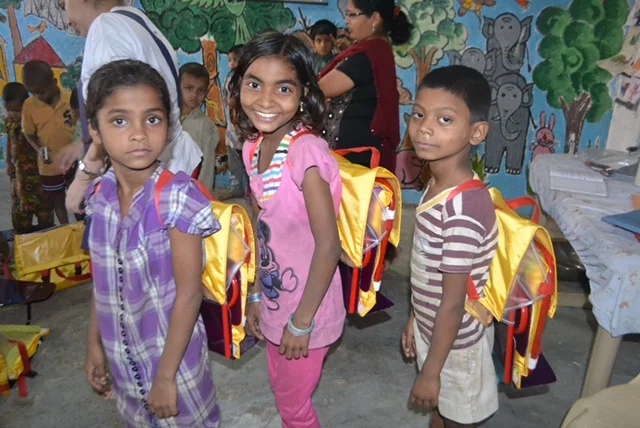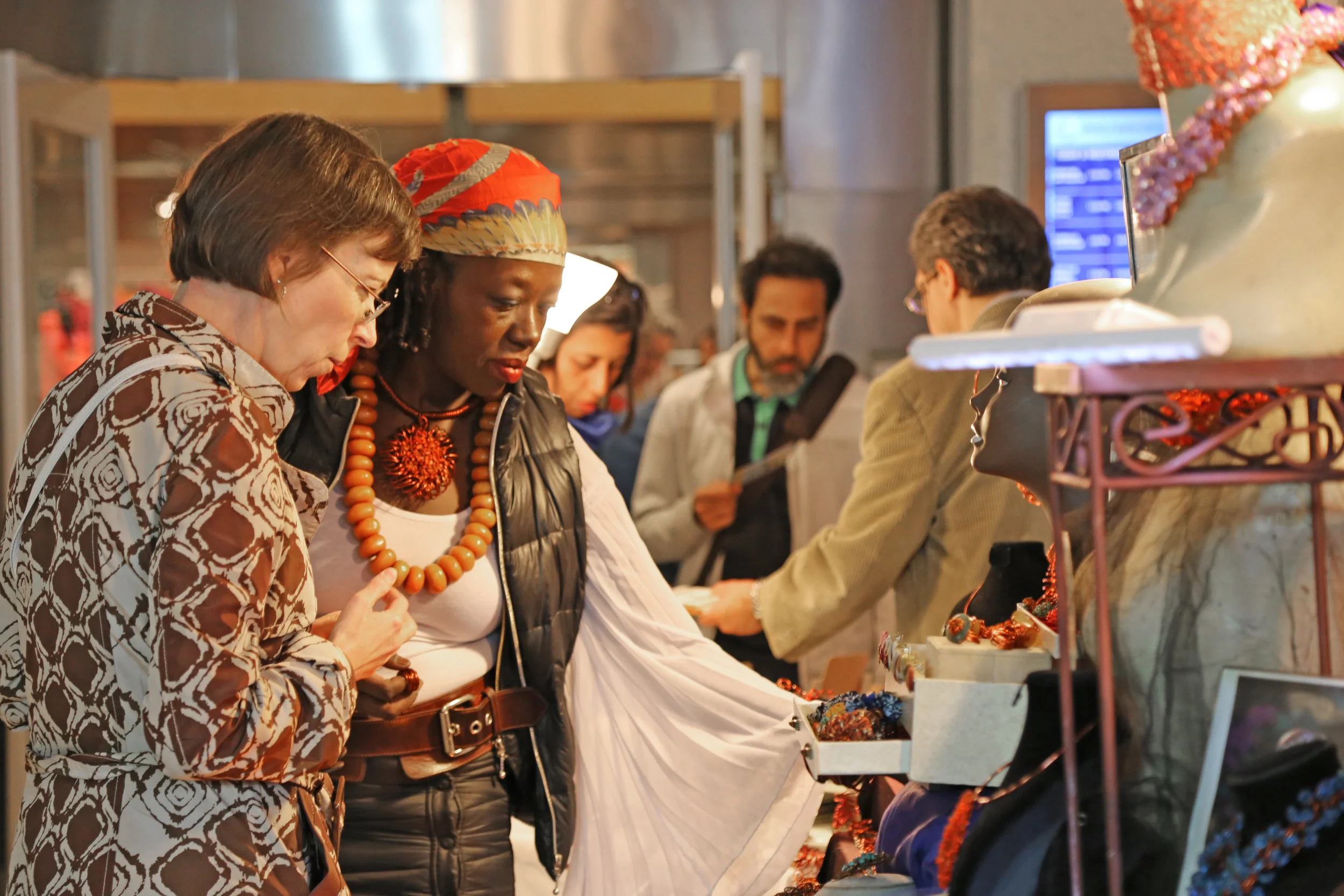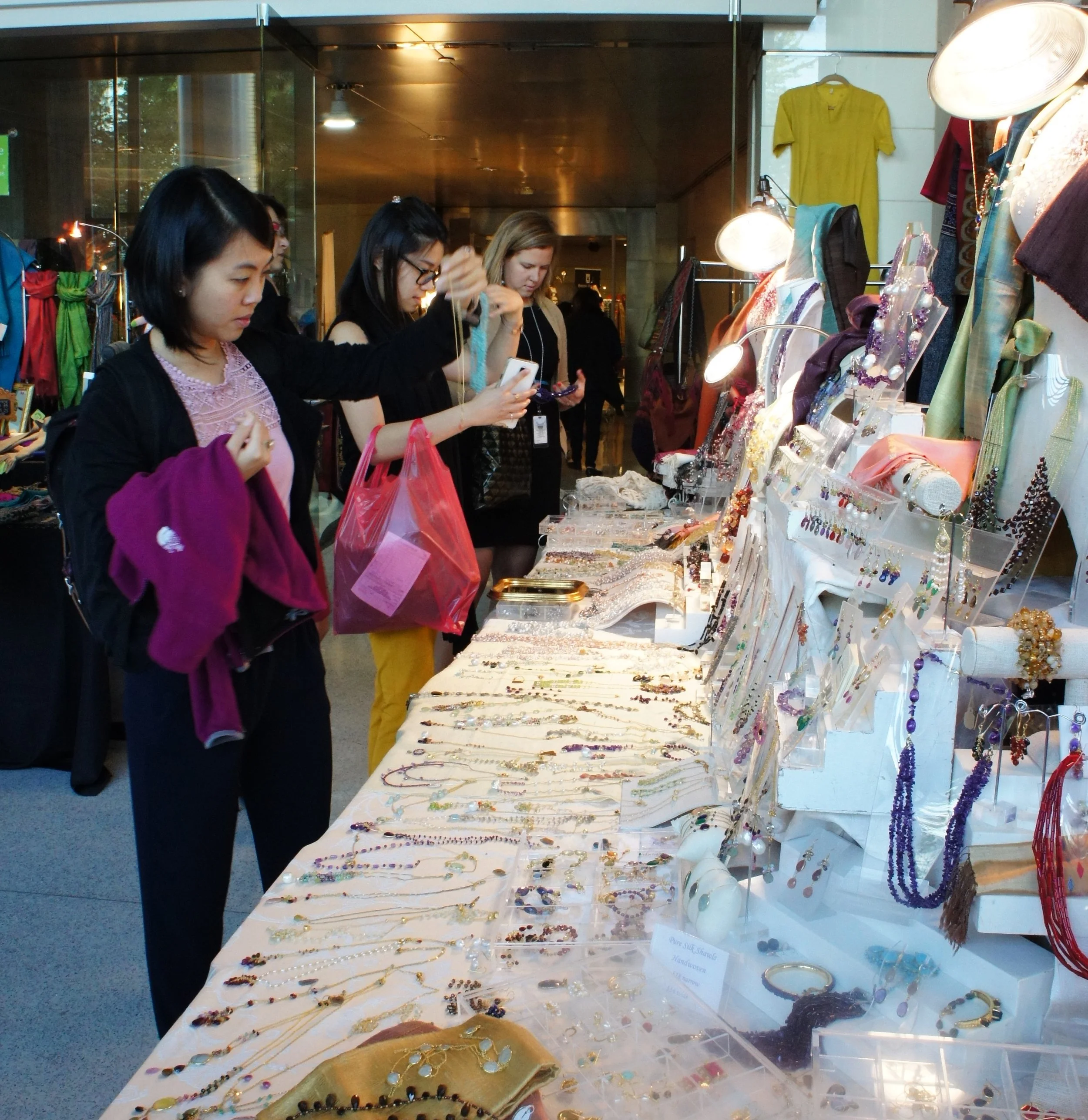Afia Nathaniel
(On Wed March 21, MMEG will host two special screenings of the film “Dukhtar”, in the presence of the director Afia Nathaniel, award-winning Pakistani filmmaker and 2003 MMEG grant recipient. See program details on this website)
Brown. Woman. Complicated.
This is the world I have grown up in. And this is the world which inspires me.
In Pakistan, I come from a family of strong women - women who have endured very tough lives in hope of a better one for their children. While growing up as girls, we could never go out and play in the streets or experience life outside as boys could. Cultural norms forbade it. So our entire world was made up of school, books and watching TV.
In the 80s, I watched a show which changed my life completely – Star Trek. I could suddenly experience the infinite possibilities of a world outside my own. It was a liberation unlike any other. My journey as a storyteller stems from this primary instinct.
This instinct came alive when I heard the story of a Pakistani mother on the run with her two young daughters. It was a surreal story of escape and survival spread over several years. What remained with me was this image of the mountains, a mother and child. A lonely road stretched before them - an uncertain future ahead of them.
The story took shape in film school at Columbia University where I was training to be a writer-director. MMEG supported my journey as a graduate film student. By the third year of my MFA, the story grew into a full-fledged road trip thriller. A mother was going to kidnap her ten-year old daughter to save her from a child marriage. She was going to be hunted down. Dukhtar was a woman’s search for dignity in a time when tradition, modernity and fundamentalism had come to a head. It was my way of connecting with home, with Pakistan. It was going to be deep and visceral. It was going to be a love song with some notes of uncomfortable truth.
Since the film deals with the issue of child marriage, I knew it was going to be hard to make this film but I had no idea how hard really. The problem – it turned out – was that it was: Brown. Woman. So it was automatically “Complicated”. The gender of its creator and its protagonist became a real problem for investors.
“There’s no hero in the film?” They would ask me, surprised. “There’s no item number in the film?” No Pakistani financier wanted to finance a film where there were no raunchy songs featuring half-clad women. The objectification of the female body by men is such a standard expectation in the Pakistani film industry that to go against it is to go against every single norm of industry protocol. The idea of a female protagonist who was going to be fully clothed and fully invested in taking on the world to protect her child managed to turn off every possible investor and corporate sponsor. They dismissed it as a “documentary”.
After several years of struggling to make this film - just when I was about to give up - something unexpected happened. An unexpected skype session…which led to an unexpected email. My Pakistani line producer, Khalid bhai said “Pack your bags and come to Karachi. We are going to make this film one way or the other.” A few days later, Dukhtar won a production award from Sorfund in Norway, one of the most prestigious European grants for feature films.
It was as if the universe had willed the film into being.
Quickly, we went into shooting mode. The mountains of the north beckoned. It was a road-trip film which meant we were literally on the road for two months in deep mid-winter navigating a tough terrain. The situation could become precarious in a flash. There were bomb blasts in certain areas, landslides in others. Our filming schedule planned for these contingencies to stay fluid and safe.
There in the mountains, as the sole female crew member in a group of 40 men, I found my voice. I found my freedom as a storyteller. The light on the landscape moved in glorious ways. And I became its slave. This was the moment I had been waiting for all those years; imagining it, preparing for it, receiving it. The frames for Dukhtar sprang from deep within. It was an unforgettable experience.
Dukhtar went onto premiere at Toronto in 2014. At Toronto, our film’s opening night screening sold out within the hour and we saw long rush lines for it outside the theater. The programmers told us it was very unusual to see this kind of excitement for a first-time filmmaker. There was a real hunger in audiences to see a film from a part of the world not known for cinema. Dukhtar’s word of mouth grew from strength to strength standing tall against Hollywood and Bollywood films. Extra screenings were added - all sold out.
In Pakistan, we saw new kinds of audiences coming to cinema theatres for Dukhtar. Women, especially grandmothers, brought their entire families so they could watch the film. School teachers took their students from school to watch the film. We had woven a message of social change in the soundtrack of the film and released several music videos. A special qawwali was composed “Ya Rahem Maula Maula” sung by the fantastic Rahat Fateh Ali. Usually qawwalis are from a man’s point of view. This was going to be a feminist qawwali. Many celebrities came forward on twitter with “ISupportDukhtar” highlighting the issue of child marriage. People talked about the soundtrack, the film and hence about the issues. It was a very fulfilling moment as a storyteller.
From Busan to Stockholm to Dubai to Japan. Dukhtar continued to gain traction and critical acclaim in the international market. Suddenly, there was a tsunami of interest. Suddenly, it seemed that audiences were willing to embrace: Brown. Woman. Complicated.
In New York, Dukhtar became the “Critics’ Pick” by Village Voice followed by the People Magazine’s “Pick of the Week”. Indiewire labelled it “groundbreaking”, LA Times “a stunning, emotive work that takes to task oppressive patriarchy” with Women and Hollywood calling it a “gorgeous thriller”.
The brown female gaze had turned a male genre of the road-trip thriller on its head and made it all her own. It became Pakistan’s Official Submission for Foreign Language Film at the 87th Academy Awards®. This is not the kind of news you expect coming from Pakistan.
Two years ago, Dr. Stacy Smith, a researcher at the USC Annenberg School for Communication and Journalism, analyzed the 1,000 highest grossing films from 2007 till 2016. She found that only 4% of the directors in that decade were women. Of these 4% there is not a single sole directing credit for a South Asian woman.
Statistics like these don’t daunt me. If anything, they urge me to do what I do best – tell stories which speak to my own truth and experiences. To continue to mine the very specific while exploring its universal aspect. To continue to fight to tell the untold perspective. We cannot change the industry overnight but we can certainly change the face of the game, one film at a time.
Dukhtar is but the start of a long journey. For out there in the universe, there is going to be more of this: Brown. Woman. Complicated.
Afia Nathaniel













